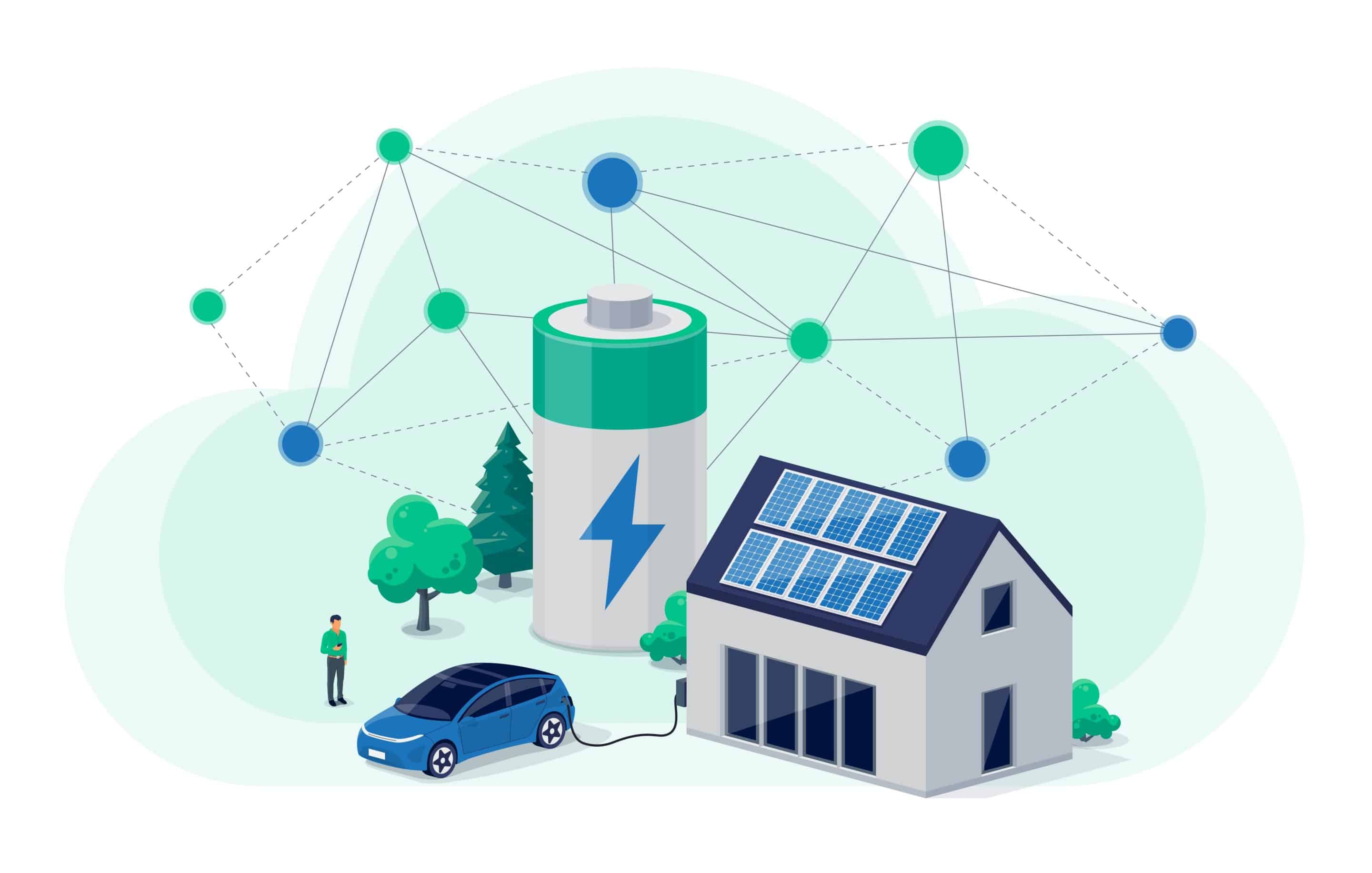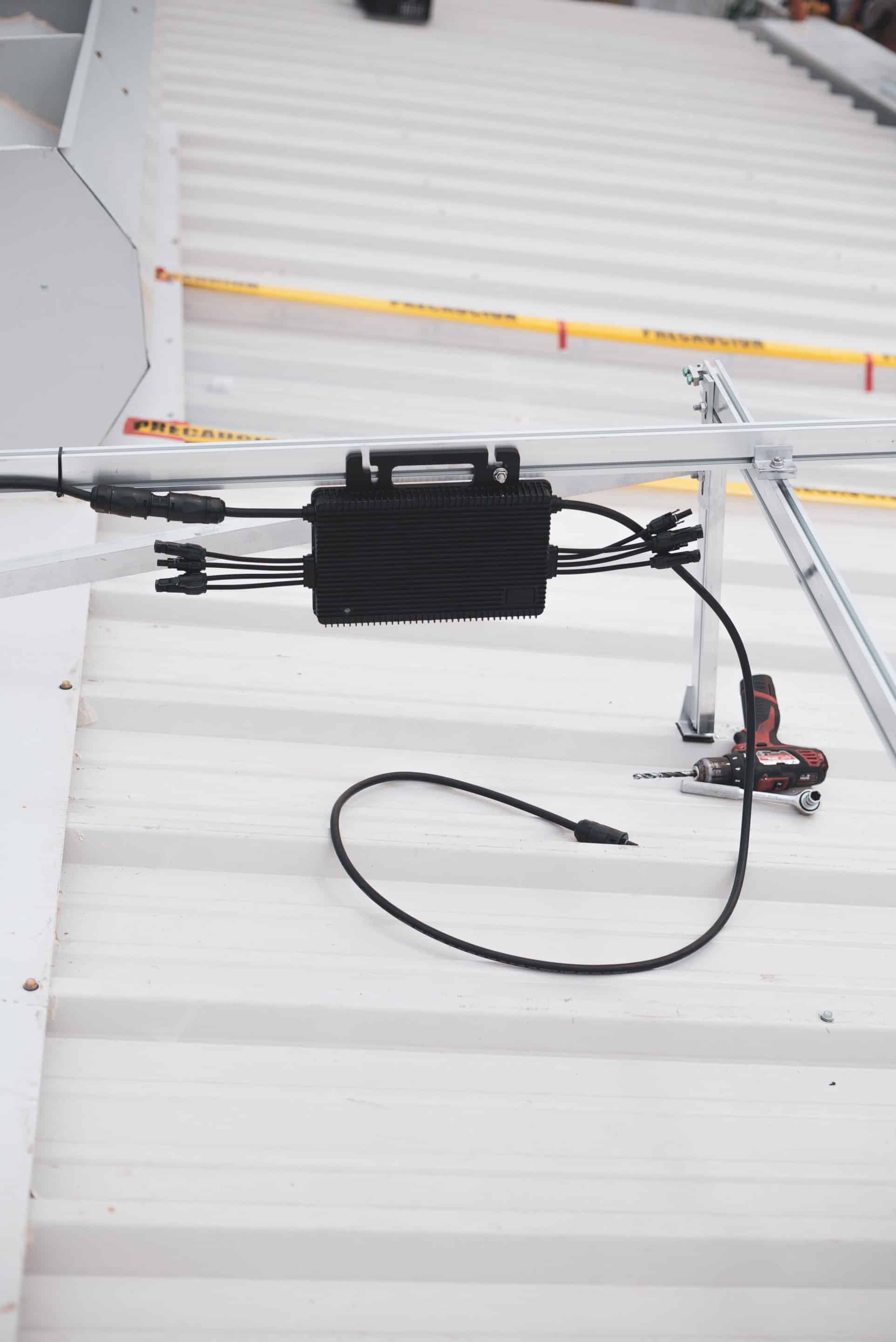Unleash the full potential of your solar energy system with solar charge controller MPPT. These game-changing devices ensure your solar power system works at its peak performance. In this comprehensive guide, we’ll cover everything you need to know about MPPT solar charge controllers, their benefits, and how to choose the perfect one for your solar system.
Table of Contents
- What is an Solar Charge Controller MPPT?
- Benefits of MPPT Solar Charge Controllers
- How Does an Solar Charge Controller MPPT Work?
- Choosing the Right Solar Charge Controller MPPT
- Top Solar Charge Controller MPPT Brands
- Installing and Maintaining Your Solar Charge Controller MPPT
- Conclusion
1. What is an Solar Charge Controller MPPT?
MPPT stands for Maximum Power Point Tracking. An MPPT solar charge controller is a sophisticated electronic device that regulates the voltage and current from your solar panels. It ensures that your solar panels operate at their maximum power output, ultimately increasing the overall efficiency of your solar power system.
2. Benefits of Solar Charge Controllers MPPT
Here are the top benefits of using MPPT solar charge controllers in your solar energy system:
- Maximized Power Output: solar charge controller MPPT can increase the power output of your solar panels by up to 30%, ensuring you get the most energy possible.
- Increased Efficiency: By operating your solar panels at their maximum power point, MPPT controllers significantly improve the overall efficiency of your solar system.
- Greater Flexibility: MPPT controllers can handle a wide range of input voltages, allowing you to connect multiple solar panels in series for a higher voltage system.
- Temperature Compensation: MPPT controllers adjust the charge rate based on the temperature of your battery bank, prolonging battery life and optimizing performance.
3. How Does an MPPT Solar Charge Controller Work?
An MPPT solar charge controller works by continuously monitoring the output of your solar panels and adjusting the voltage and current to maximize power production. This is achieved through a process called maximum power point tracking. The controller scans the solar panel’s output and determines the most efficient point at which the panel should operate. It then adjusts the system accordingly, extracting the maximum power available.
4. Choosing the Right MPPT Solar Charge Controller
To select the perfect MPPT solar charge controller for your solar energy system, consider the following factors:
- System Voltage: Make sure the controller can handle your system’s voltage (12V, 24V, 48V, etc.).
- Current Rating: Choose a controller with a current rating that matches or exceeds the maximum output current of your solar panels.
- Maximum Solar Input Voltage: Ensure the controller can handle the maximum input voltage generated by your solar panels when connected in series.
- Additional Features: Look for controllers with extra features such as temperature compensation, data logging, remote monitoring, and built-in safety protections.
- Budget: MPPT solar charge controllers come in a wide range of prices. Determine your budget and choose a model that offers the best value for your investment.
5. Top Solar Charge Controller MPPT Brands
Several reputable brands offer high-quality MPPT solar charge controllers. Some of the most popular ones include:
- Victron Energy: Known for their reliability and advanced features, Victron Energy offers a wide range of MPPT solar charge controllers suitable for various solar power systems.
- OutBack Power: OutBack Power is a well-established brand that produces durable and efficient MPPT solar charge controllers designed for off-grid and grid-tied solar systems.
- MidNite Solar: MidNite Solar is another popular brand offering a variety of MPPT solar charge controllers, known for their reliability, user-friendly interface, and excellent customer support.
- EPEVER: EPEVER manufactures budget-friendly MPPT solar charge controllers with a strong emphasis on quality, performance, and customer satisfaction.
6. Installing and Maintaining Your Solar Charge Controller MPPT
Installation:
- Place the solar charge controller MPPT in a well-ventilated, dust-free location, away from direct sunlight and moisture.
- Connect the solar panels to the charge controller, ensuring the correct polarity.
- Connect the battery bank to the charge controller, again observing the proper polarity.
- Optionally, connect the controller to a remote monitoring system or display, if available.
- Follow the manufacturer’s guidelines and recommendations for proper setup and configuration.
Maintenance:
- Regularly inspect the charge controller for any signs of damage or wear.
- Keep the area around the charge controller clean and free of dust or debris.
- Ensure that all electrical connections remain secure and corrosion-free.
- Periodically check the controller’s performance and efficiency, making adjustments if necessary.
7. Conclusion
Solar charge controllers MPPT are an essential component of any solar power system, offering increased efficiency, maximum power output, and a host of additional features. By understanding the benefits and workings of MPPT solar charge controllers, you can make an informed decision when selecting the perfect model for your solar energy system. Keep in mind the factors to consider, explore top brands, and ensure proper installation and maintenance for optimal performance. Harness the power of the sun to its fullest with an MPPT solar charge controller and enjoy the benefits of clean, renewable energy.8. Frequently Asked Questions About Solar Charge Controller MPPT
To further assist you in understanding MPPT solar charge controllers, we’ve compiled a list of frequently asked questions and their answers.
Q: Can I use an MPPT solar charge controller with any solar panel type?
A: Yes, MPPT solar charge controllers are compatible with various solar panel types, including monocrystalline, polycrystalline, and thin-film panels. Just ensure that the controller’s maximum input voltage and current rating match your solar panels’ specifications.
Q: How do I know if my solar power system needs an MPPT solar charge controller?
A: If you have a solar power system with battery storage, you’ll need a solar charge controller to regulate the voltage and current from your solar panels to your battery bank. MPPT solar charge controllers offer superior performance and efficiency compared to traditional PWM controllers, making them the preferred choice for most solar power systems.
Q: Can I upgrade from a PWM solar charge controller to an MPPT solar charge controller?
A: Yes, you can upgrade from a PWM (Pulse Width Modulation) solar charge controller to an MPPT solar charge controller. Just ensure that the MPPT controller is compatible with your solar power system’s voltage and current ratings. Upgrading to an MPPT controller will improve the efficiency and performance of your solar power system.
Q: Do MPPT solar charge controllers work with lithium-ion batteries?
A: Yes, many MPPT solar charge controllers are compatible with lithium-ion batteries. However, it’s crucial to check the manufacturer’s specifications and ensure that the controller you choose supports the specific lithium-ion battery chemistry you’re using (e.g., LiFePO4, Li-Ion, etc.).
Q: How does an MPPT solar charge controller compare to a PWM solar charge controller in terms of efficiency?
A: MPPT solar charge controllers are generally more efficient than PWM controllers. MPPT controllers can increase the power output of your solar panels by up to 30%, while PWM controllers typically have an efficiency of around 70-80%. This difference is mainly due to the MPPT controller’s ability to continuously adjust the voltage and current to maximize power production.
Q: Is it possible to use multiple MPPT solar charge controllers in a single solar power system?
A: Yes, you can use multiple MPPT solar charge controllers in a single solar power system, especially in large-scale installations with multiple solar panel arrays. Each MPPT controller can be dedicated to a specific solar panel array, optimizing the power output and efficiency of each array independently.
Q: Can I use an MPPT solar charge controller for both grid-tied and off-grid solar power systems?
A: Yes, MPPT solar charge controllers can be used in both grid-tied and off-grid solar power systems. In grid-tied systems, the controller regulates the voltage and current from the solar panels to the battery bank, while excess energy is fed back into the grid. In off-grid systems, the controller ensures the battery bank is charged efficiently, managing the power supply to the connected loads.
Q: How long do MPPT solar charge controllers typically last?
A: The lifespan of an MPPT solar charge controller depends on the quality of the device and the conditions in which it operates. High-quality MPPT controllers can last up to 10 years or more, especially if properly installed and maintained. Factors such as temperature, humidity, and dust can impact the controller’s lifespan, so it’s essential to follow the manufacturer’s guidelines for installation and maintenance.
Q: Are MPPT solar charge controllers weatherproof?
A: While some MPPT solar charge controllers may have weather-resistant features, they are generally not designed to be exposed to the elements directly. It’s important to install the controller in a well-ventilated, dust-free location, protected from direct sunlight, moisture, and extreme temperatures. Check the manufacturer’s specifications for any specific weatherproof or water-resistant features.
Q: How do MPPT solar charge controllers handle shading issues in solar panels?
A: MPPT solar charge controllers are designed to adapt to varying solar panel output due to shading or other environmental factors. They continuously track the maximum power point and adjust the voltage and current accordingly, ensuring that the system operates as efficiently as possible, even when solar panel output is less than optimal.
Q: Can I connect an MPPT solar charge controller to an existing solar power system without making significant changes?
A: Yes, you can generally integrate an MPPT solar charge controller into an existing solar power system without making significant changes. You’ll need to ensure that the controller is compatible with the system’s voltage and current ratings and properly connect it to the solar panels and battery bank. In some cases, you may need to reconfigure the solar panel connections to optimize the system for use with the MPPT controller.
Q: Do MPPT solar charge controllers require any specific certifications or approvals?
A: While there isn’t a specific certification or approval required for MPPT solar charge controllers, it’s a good idea to choose a product that has been tested and certified by recognized industry standards, such as CE, RoHS, or UL. These certifications indicate that the controller has undergone rigorous testing for safety, performance, and reliability.
Q: How do MPPT solar charge controllers impact the overall cost of a solar power system?
A: MPPT solar charge controllers are generally more expensive than traditional PWM controllers. However, the increased efficiency and power output provided by MPPT controllers can offset this higher initial cost by reducing your overall energy costs and maximizing the return on your solar power system investment.
Q: Can I use a solar charge controller with integrated MPPT technology for a solar water pumping system?
A: Yes, you can use an MPPT solar charge controller in a solar water pumping system. MPPT controllers can be particularly beneficial for solar water pumping applications, as they optimize the power output of the solar panels and help maintain consistent pump performance even under varying sunlight conditions. Ensure that the controller is compatible with the solar panels and pump specifications before integrating it into your solar water pumping system.



